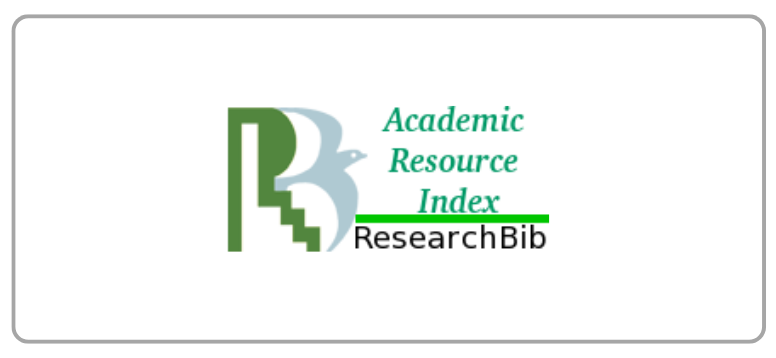Intelligence Inside the King’s College of Cambridge
DOI:
https://doi.org/10.21512/lc.v2i2.306Keywords:
semantic, automatized meaning, foregrounded meaning, themeAbstract
Article concerns with a stylistic analysis on a poem in terms of Systemic Functional Linguistics and Verbal Art Semiotics. The writing uses library research, qualitative data, documentary study, descriptive method and intrinsic-objective approach. The semantic analysis results in both automatized and foregrounded meanings. Then the automatized meaning produces lexical cohesion and in turn, it produces subject matter. Meanwhile, the foregrounded meaning produces the literary meaning and in turn, it creates theme. Finally, the analysis indicates that the subject matter is about the establishment of Cambridge University, the literary meaning is about eternal thoughts of Cambridge University, and the theme is about intelligence.Plum Analytics
References
Butt, David. 1988. “Randomness, Order and the Latent Patterning of Text†in David Birch and Michael O’ Toole (eds.) Functions of Style. London: Pinter Publishers.
Butt, David. et al. 1995. Using Functional Grammar. Sydney: Macquarie University.
Eggins, Suzanna. 1994. An Introduction to Systemic Functional Linguistics. London: Pinter Publishers.
Halliday, MAK and Ruqaiya Hasan. 1985. Language, Context, and Text: Aspects of language in a social-semiotic perspective. Melbourne: Deakin University Press.
Halliday, MAK. 1993. Language as a Social Semiotic. London: Edward Arnold.
Halliday, MAK & Christian Matthiessen. 1999. Construing Experience through Meaning:a Language-Based Approach to Cognition. Berlin: de Gruyter.
Hasan, Ruqaiya. 1985. Linguistics, Language and Verbal Art. Melbourne: Deakin University Press.
Hasan, Ruqaiya. 1988. “The Analysis of One Poem: Theoretical Issues in Practice†in David Birch and Michael O Toole (eds.) Functions of Style. London: Pinter Publishers.
Hasan, Ruqaiya. 1996. “On Teaching Literature Across Cultural Distances†in Joyce E. James Ed. The Language-Culture Connection. Anthology series 37. Singapore: Seameo Regional Language Center
Martin, J.R. 1985. “Process and Text: Two Aspects of Semiosis†in Benson and Graves (eds.) Systemic Perspectives on Discourse. Norwood, New Jersey: Ablex.
Martin, J.R. 1992. English Text System and Structure. Amsterdam: John Benjamins Publishing.
Mukarovsky, Jan. 1977. The Word and Verbal Art. tr. J. Burbank and P. Steiner. New Haven: Yale University Press.
Matthiessen, Christian. 1995. Lexicogrammatical Cartography: English Systems. Tokyo, Taipei, Dallas: International Language Sciences Publishers.
Pradopo, R.D. 1996. Pengkajian Puisi. Jogjakarta: Gajah Mada University Press.
Preminger, A. 1974. Princeton Encyclopaedia of Poetry and Poetics. Princeton: Princeton University Press.
Plum, G.A. 1988. Text and Contextual Conditioning in Spoken English: A Genre Based Approach. Unpublished PhD Thesis. Sydney, Australia: University of Sydney.
Downloads
Published
How to Cite
Issue
Section
License
Authors who publish with this journal agree to the following terms:
a. Authors retain copyright and grant the journal right of first publication with the work simultaneously licensed under a Creative Commons Attribution License - Share Alike that allows others to share the work with an acknowledgment of the work's authorship and initial publication in this journal.
b. Authors are able to enter into separate, additional contractual arrangements for the non-exclusive distribution of the journal's published version of the work (e.g., post it to an institutional repository or publish it in a book), with an acknowledgment of its initial publication in this journal.
c. Authors are permitted and encouraged to post their work online (e.g., in institutional repositories or on their website) prior to and during the submission process, as it can lead to productive exchanges, as well as earlier and greater citation of published work.
USER RIGHTS
All articles published Open Access will be immediately and permanently free for everyone to read and download. We are continuously working with our author communities to select the best choice of license options, currently being defined for this journal as follows: Creative Commons Attribution-Share Alike (CC BY-SA)
























